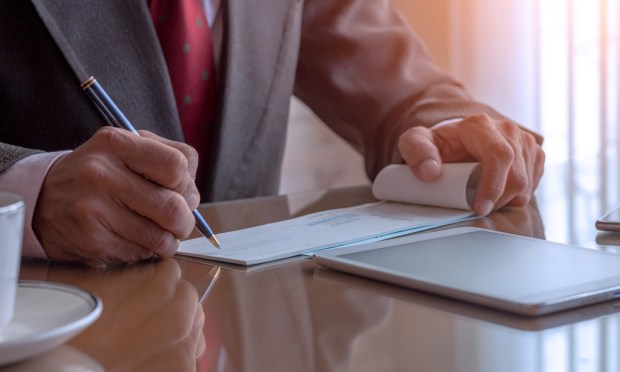
For the bad actors, check fraud is en vogue.
For consumers, and for banks, the rising embrace of disbursements may have a positive knock-on effect: cutting down on check fraud by reducing the number of checks intercepted by fraudsters.
As reported, the Financial Crimes Enforcement Network has estimated that check fraud has increased by double-digit percentage points.
The fraud tactic may be old fashioned but remains effective. The criminals grab the checks from the mailbox and physically alter the names and payment amounts on those checks.
The Federal Reserve Bank of Boston estimated last year that there had been 680,000 reports on check fraud in 2022, nearly double what they reported in 2021 — with losses in 2023 estimated to be around $23 billion.
“The criminals also take advantage of ‘float,’ the days between when a check is accepted at a bank or business and when funds are withdrawn from the checking account. By the time the fraudulent check is detected by the account holder, the thieves are often long gone,” the Fed said in a blog post.
Among the remedies recommended by the Fed: “Whenever possible, switch to secure electronic payment methods.”
Disbursements offer an avenue by which digital payments can continue to grow — and corporates and government agencies can cut down on paper check issuance, and by extension, hobble at least some check fraud.
As PYMNTS Intelligence data detailed earlier this week, 57% of consumers received at least one disbursement in the past year. Digital disbursements are increasingly popular, as roughly a third of consumers we’ve surveyed said that instant digital payment methods are their preferred method to receive those payments. More than three-quarters of consumers who get their payments this way say that they are “high satisfied” with the choice.
About 29% of individuals would be willing to pay a fee for the instant, digital option — up from 26% from last year. The providers have the opportunity to realize additional revenue streams. As many as 53% of consumers would prefer to pay a fixed dollar amount, and 25% would prefer a percentage fee. The average consumer would be willing to pay up to $2.50 to receive funds instantly.
Drilling down into the instant disbursements themselves, the data showed that a third of consumers chose that method for insurance payments. A similar percentage did so for income and earnings, while 43% had done so in order to receive funds from loans. All of these are key interactions where the paper check can, conceivably, be replaced by faster, safer payments.